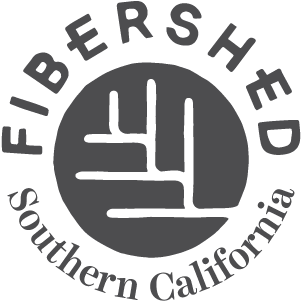Our So Cal Fibershed chapter has been looking for ways to engage more meaningfully with indigenous peoples and practices of the region we also call home.
We began with a simple acknowledgement of our location, in time and space, on the unceded, ancestral, and traditional lands of the Tongva and Gabrielino peoples. We are inviting indigenous authors, artists, scholars to speak, and we are seeking out research and resources to learn from and to share.
One such platform is UCLA’s Mapping Indigenous LA project. Some notes from their website are copied below for context. And a link to the site for more content and context.
In this project we aim to provide a digital map of the layered, sedimented geographies of Indigenous Los Angeles through digital storytelling and community-based research collaboration. Our project includes the Gabrielino/Tongva and Tataviam, the first people of Los Angeles, who struggle for recognition of their sacred spaces and their political rights, American Indians who were displaced through governmental policies, as well as the indigenous diasporas from Latin America (LAID) and Oceania (AP) — people displaced by militarism, neoliberal economic policies, and overlapping colonial histories.
Mapping Indigenous LA provides a research tool that allowing local communities to research their own history and add relevant documents, photography, and digital stories of importance to telling their histories and the stories of places within Los Angeles. We provide a platform to facilitate understanding of how the rich diversity of indigenous histories of the city intersect and to see each community’s history within in its own interactive map.

